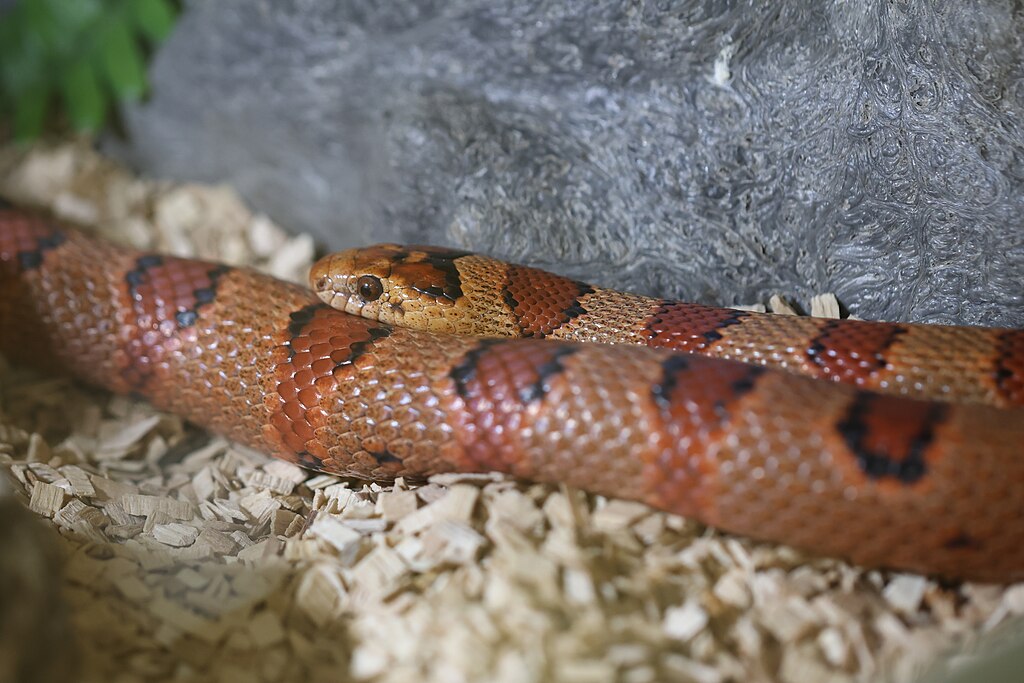In the fascinating world of wildlife behavior, one of the most intriguing phenomena is interspecies cohabitation. Among these unusual partnerships, snakes sharing burrows with other animals stands out as particularly remarkable. Despite their reputation as solitary predators, several snake species worldwide have developed mutually beneficial or at least tolerable relationships with mammals, reptiles, and even amphibians, taking advantage of pre-existing burrows rather than creating their own. This surprising behavior challenges our understanding of snake ecology and reveals complex adaptive strategies that have evolved over millions of years. From prairie rattlesnakes residing with prairie dogs to gopher snakes utilizing tortoise burrows, these arrangements offer insights into how different species navigate resource sharing and survival in challenging environments.
Evolutionary Drivers Behind Burrow Sharing
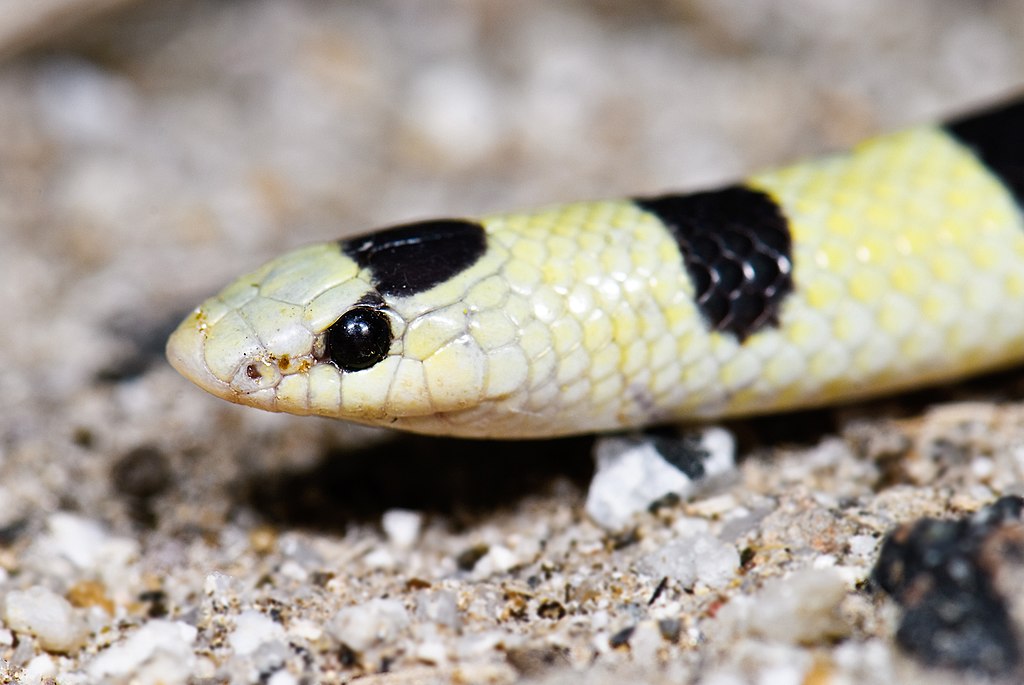
The evolution of burrow-sharing behavior in snakes can be traced back to fundamental survival pressures that have shaped reptilian behavior for millions of years. Energy conservation represents a primary driver, as digging substantial burrows requires considerable metabolic resources that many snake species simply cannot afford to expend. Climate extremes present another significant evolutionary pressure, particularly in desert and arctic environments where temperature regulation is critical for ectothermic animals like snakes. Additionally, predator avoidance has likely influenced this behavior, as established burrows often feature complex escape tunnels and multiple entrances created by the primary burrowing species. Finally, this behavior demonstrates evolutionary opportunism—snakes adapting to take advantage of existing ecological niches rather than competing directly with specialized burrowing animals.
The Energy Conservation Advantage
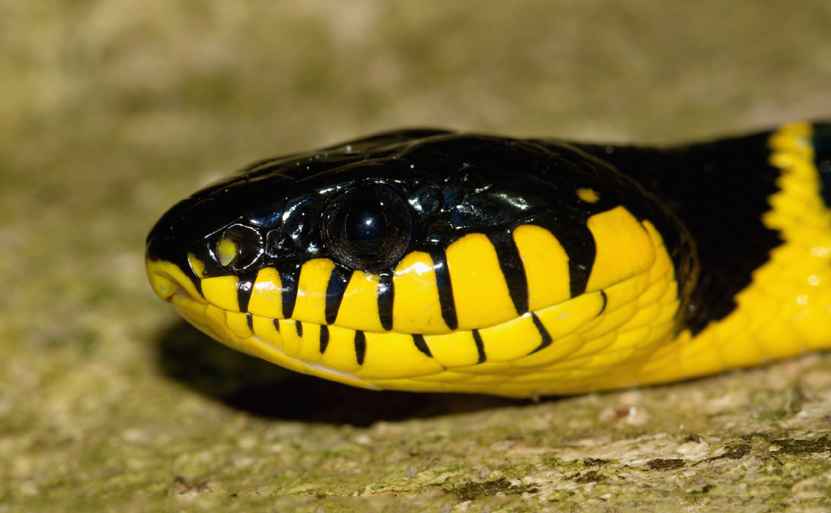
For cold-blooded reptiles like snakes, conserving energy is a fundamental survival strategy that directly impacts their ability to hunt, reproduce, and survive seasonal changes. Digging and maintaining burrows requires substantial muscular effort and energy expenditure—resources that snakes could otherwise allocate toward hunting or reproduction. By opportunistically utilizing existing burrows, snakes effectively “outsource” this energy-intensive task to animals better adapted for digging, such as rodents, tortoises, or prairie dogs. This energy-saving strategy is particularly important for snake species in environments with limited food resources, allowing them to survive longer between successful hunts. Research has documented that some burrow-sharing snake species show significantly lower energy expenditure than their counterparts that dig their own retreats, translating directly to improved survival rates during resource-scarce periods.
Temperature Regulation and Microclimate Benefits
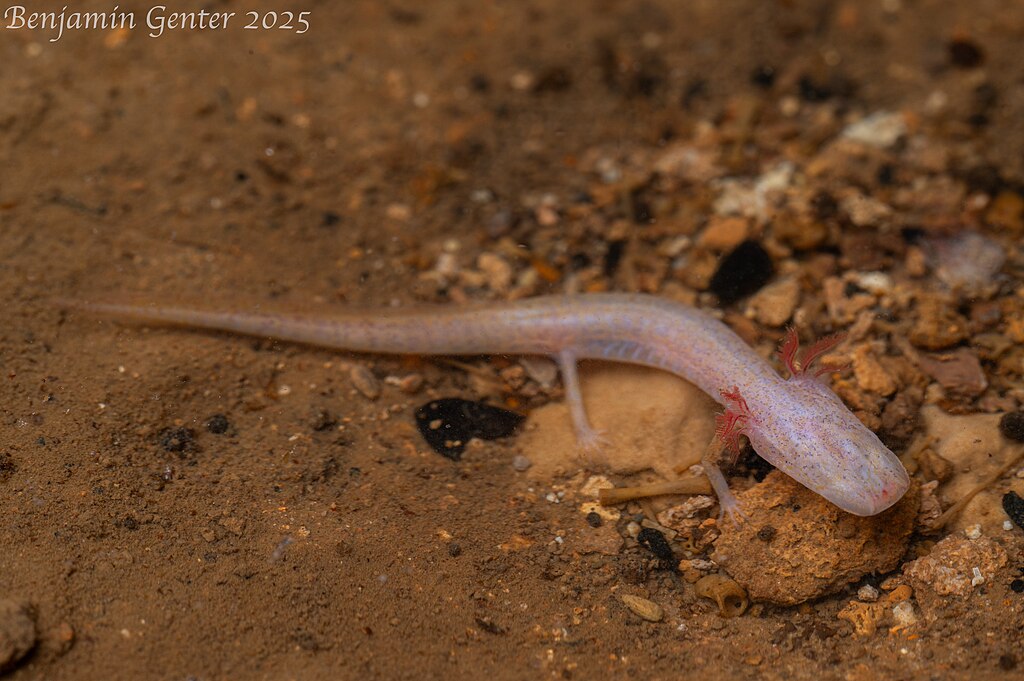
Burrows provide crucial microclimate advantages that are particularly valuable to ectothermic snakes who rely on external sources to regulate their body temperature. The underground environment maintains remarkably stable temperatures compared to the surface, often remaining 10-15 degrees cooler than peak daytime temperatures in hot deserts and significantly warmer than nighttime or winter temperatures in colder regions. This thermal buffer zone allows snakes to avoid the metabolically expensive process of frequently moving between sunning and cooling locations. Deep burrows also maintain higher humidity levels, which helps prevent dehydration in arid environments where water conservation is essential for survival. For species like the western diamondback rattlesnake, which occupies diverse habitats across the American Southwest, burrow access can extend their geographic range into areas that would otherwise be too thermally extreme for sustained survival.
Predator Avoidance Strategies
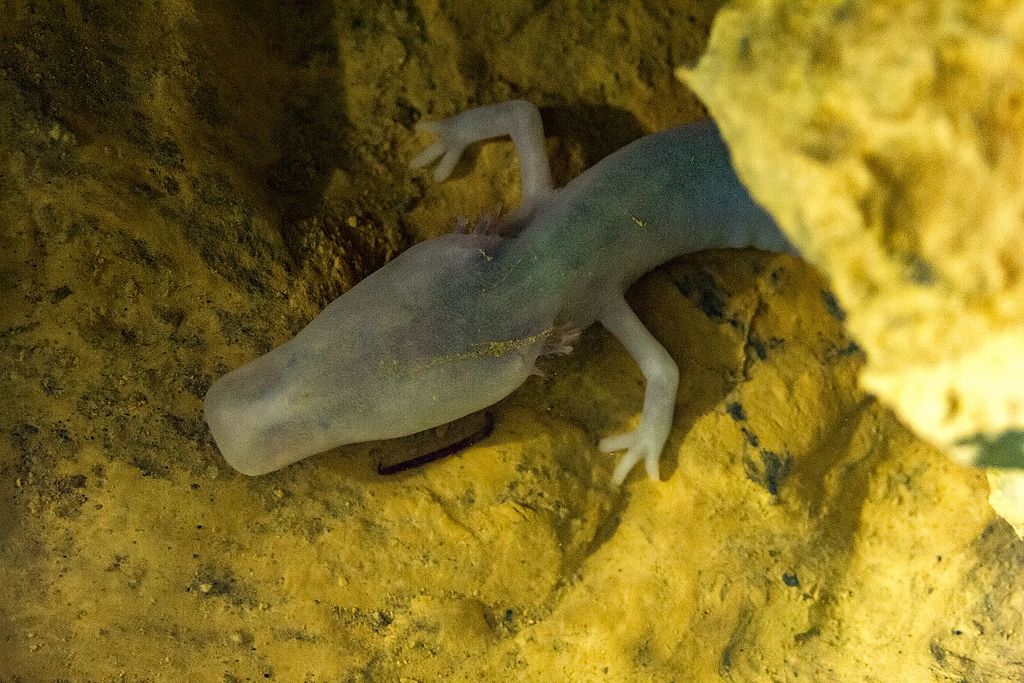
Shelter from predators represents one of the most significant advantages of burrow sharing for many snake species. Despite being predators themselves, snakes are vulnerable to numerous threats including birds of prey, larger mammals, and even other reptiles. Established burrow systems created by primary diggers like prairie dogs or gopher tortoises often feature multiple entrances, emergency exits, and complex internal chambers that provide excellent defensive architecture against predators. Many burrow creators have evolved sophisticated alarm systems—prairie dogs, for example, use distinct vocalizations to alert colony members to specific threats, inadvertently benefiting their snake coinhabitants. For smaller snake species or juveniles of larger species, this protection is particularly valuable during vulnerable periods such as after feeding or during ecdysis (shedding). Research tracking predation rates shows significantly higher survival for burrow-utilizing snakes compared to those that rely solely on surface cover objects like rocks or logs.
The Prairie Rattlesnake and Prairie Dog Relationship
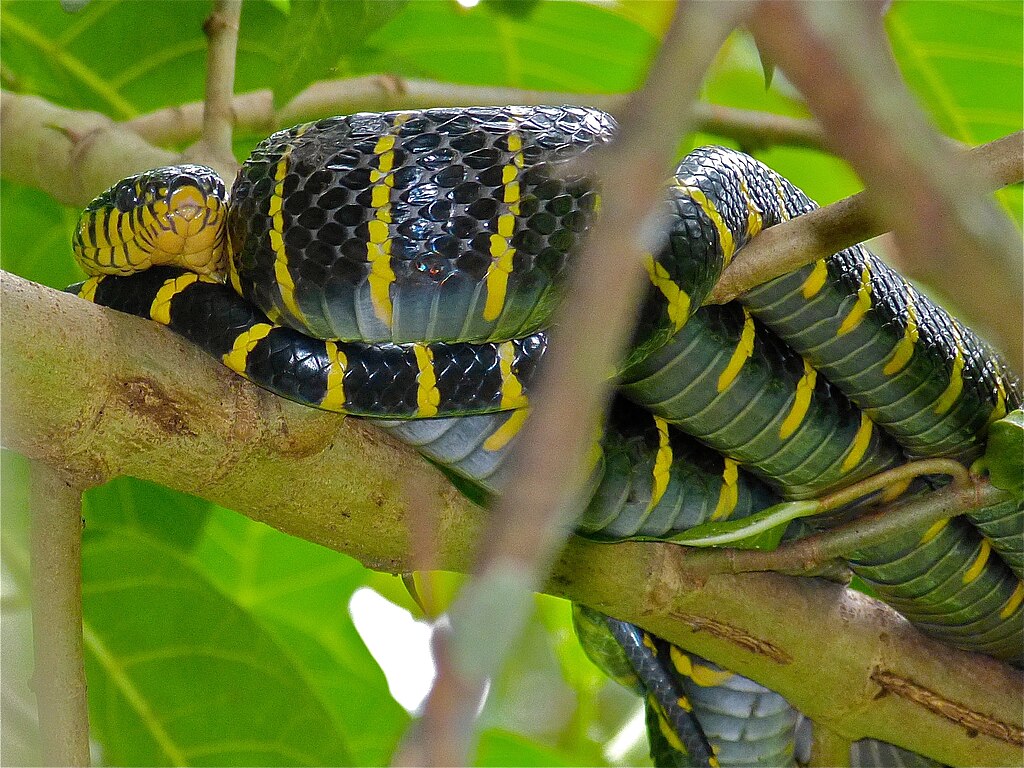
The relationship between prairie rattlesnakes (Crotalus viridis) and black-tailed prairie dogs (Cynomys ludovicianus) represents one of the most studied examples of snake burrow-sharing behavior in North America. This unusual arrangement creates a complex ecological dynamic where predator and potential prey share the same real estate in the grasslands of the Great Plains. While prairie dogs constitute part of the rattlesnake’s diet, research has documented that resident rattlesnakes typically hunt prairie dogs from neighboring colonies rather than their host colony, creating a form of spatial separation that reduces direct conflict. Prairie dog burrows offer exceptional thermal properties, maintaining temperatures between 50-70°F even when surface temperatures exceed 100°F or drop below freezing. Herpetologists have observed that these shared burrows are particularly important during hibernation periods, when rattlesnakes may form communal aggregations (termed “hibernacula”) within the deeper chambers of extensive prairie dog towns.
Gopher Snakes and Desert Tortoise Burrows

Throughout the American Southwest, gopher snakes (Pituophis catenifer) have developed a notable ecological relationship with desert tortoises (Gopherus agassizii), regularly utilizing their burrows for shelter. Desert tortoise burrows represent engineering masterpieces in harsh environments, extending up to 30 feet horizontally and featuring multiple chambers that maintain relatively stable temperatures between 65-80°F regardless of extreme surface conditions. For gopher snakes, which lack the physical adaptations for extensive digging, these ready-made refuges provide crucial protection from both predators and the blistering desert heat that can exceed 120°F during summer months. Interestingly, the relationship appears largely commensal rather than antagonistic—tortoises seldom show aggression toward resident snakes despite the theoretical threat they might pose to tortoise eggs or hatchlings. Conservation biologists monitoring both species have observed that healthy tortoise populations with abundant burrows correlate with more robust gopher snake populations, highlighting the ecological interdependence between these species.
King Cobras and Rodent Burrow Complexes
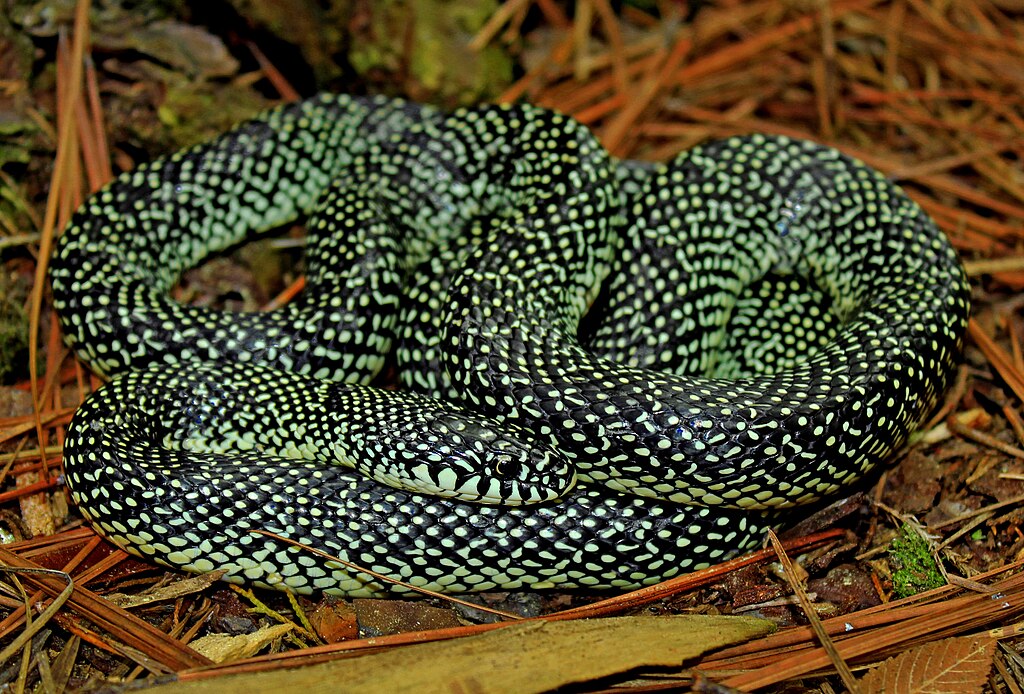
In the tropical forests of Southeast Asia, even the mighty king cobra (Ophiophagus hannah)—the world’s longest venomous snake—has been documented utilizing burrows created by other animals. Despite their formidable reputation, king cobras face significant threats from predators and environmental extremes, particularly during vulnerable periods such as egg-laying and incubation. These massive snakes have been observed occupying abandoned termite mounds and complex rodent burrow systems, particularly during the monsoon season when flooding threatens nesting sites. Female king cobras exhibit the unique behavior among snakes of creating and guarding nests, often incorporating existing burrow structures into their nest architecture to provide additional protection against predators and heavy rains. Researchers tracking king cobras with radio telemetry have documented individuals returning to the same burrow complexes repeatedly over multiple seasons, suggesting these structures represent valuable resources worth defending.
Mutual Benefit or One-Sided Arrangement?
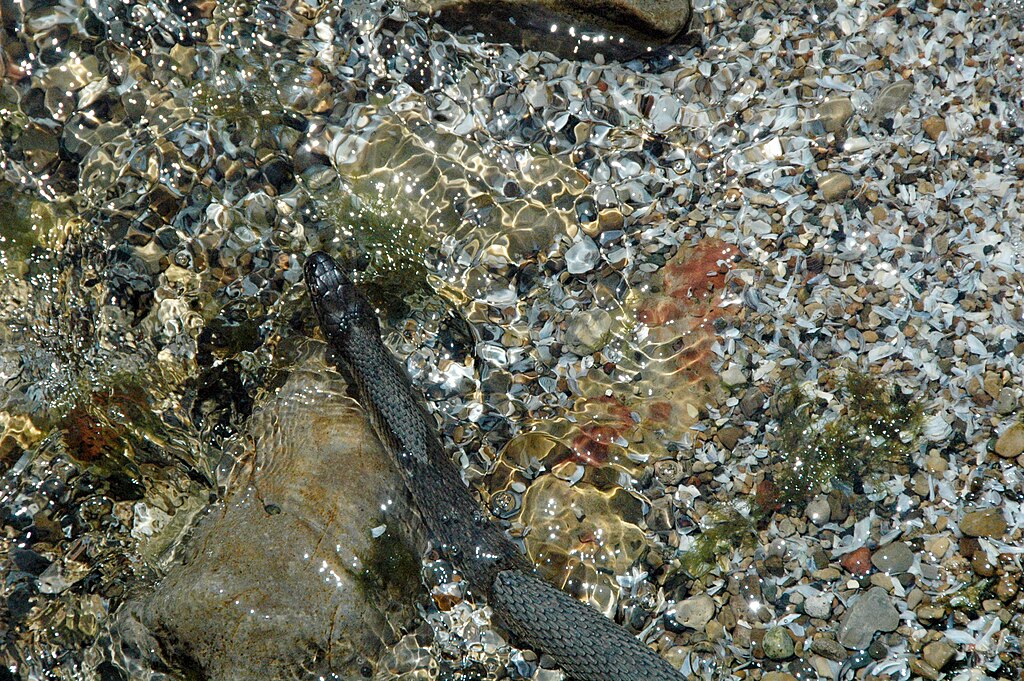
The ecological relationships between snakes and burrow creators exist along a spectrum from commensalism to potential parasitism, depending on the species involved and specific environmental contexts. In true commensal relationships, the snake benefits while the burrow creator neither gains advantage nor suffers significant detriment—as often observed with snakes utilizing abandoned burrows. Some arrangements may approach mutualism when snakes control populations of nest predators or competing species that might otherwise harm the burrow creator. However, in many cases, the relationship tilts toward parasitism, with the snake imposing costs on the host through occasional predation or competition for resources within the burrow system. Research examining prairie dog behavior has documented altered vigilance patterns and increased stress hormones in colonies with resident rattlesnakes, suggesting the burrow creators pay a biological price for their uninvited guests. The ecological balance of these relationships often depends on the abundance of alternative prey and the density of both snake and host populations in a given habitat.
Seasonal Patterns in Burrow Sharing
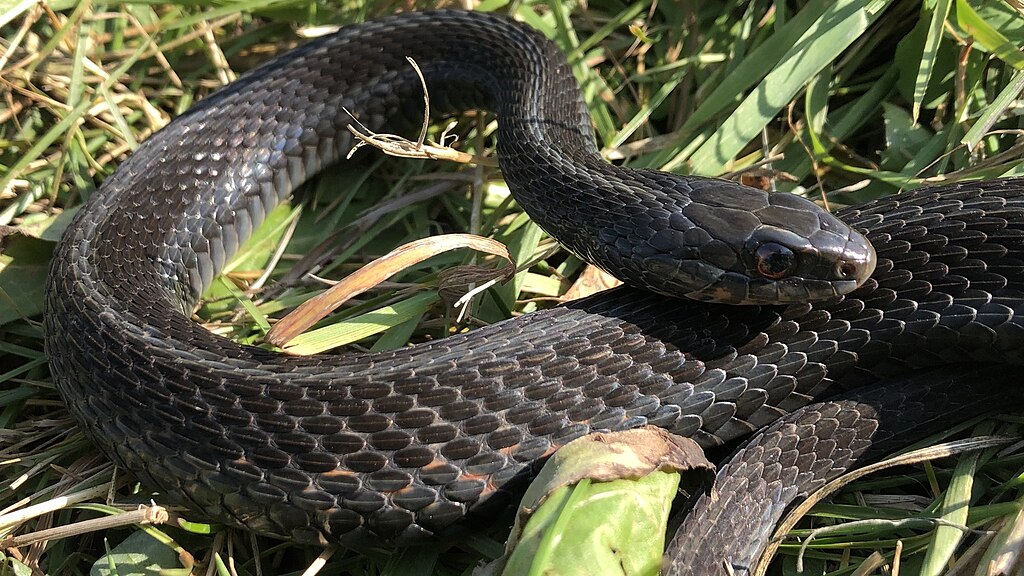
Snake utilization of shared burrows follows distinct seasonal patterns that reflect changing environmental pressures and biological imperatives throughout the year. Winter represents the period of most intensive burrow use for temperate species, with shared burrows serving as critical hibernation sites (hibernacula) where stable temperatures prevent freezing during extended cold periods. During spring breeding seasons, male snakes often reduce burrow fidelity as they travel extensively searching for mates, while gravid females may increase burrow usage as they seek secure sites for gestation or egg-laying. Summer patterns vary by region—in desert environments, burrows become essential daily refuges from extreme heat, while in temperate regions, snakes may alternate between burrows and surface basking sites to optimize thermoregulation. Researchers using radio telemetry to track seasonal movements have documented that individual snakes may maintain relationships with multiple burrow systems across their range, strategically shifting between them as seasonal conditions change.
Conflict Management Between Burrow Sharers
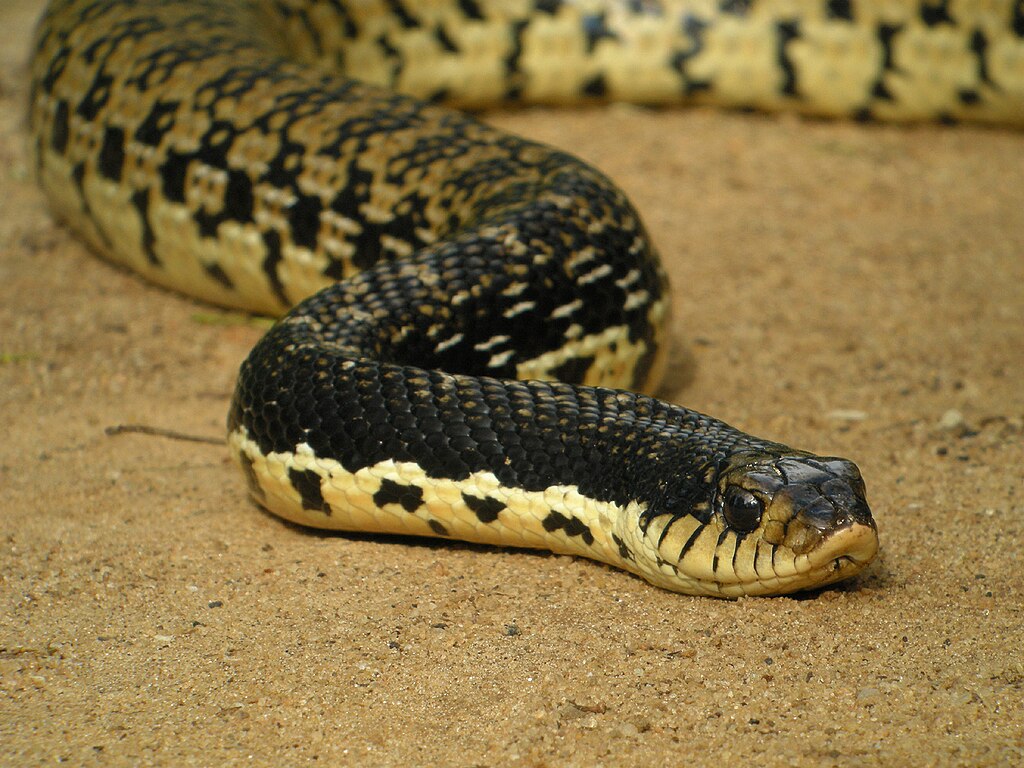
The potential for conflict between snakes and primary burrow creators necessitates various behavioral adaptations that allow coexistence despite the predator-prey dynamic often present. Temporal separation represents one key strategy, with snakes and burrow creators often active during different parts of the day or different seasons, minimizing direct encounters within shared spaces. Spatial partitioning occurs when different portions of complex burrow systems are utilized by different inhabitants—for example, snakes typically occupy peripheral tunnels while primary diggers maintain exclusive use of core nesting chambers. Chemical detection plays a crucial role, as most burrow creators have highly developed abilities to detect snake pheromones, allowing them to avoid sections of burrow systems currently occupied by serpentine residents. Research examining burrow-sharing dynamics has documented that both snakes and primary burrow creators modify their behavior in shared systems, with increased vigilance and altered movement patterns that reflect a complex negotiation of space.
Impact of Burrow Sharing on Snake Behavior

Access to established burrows significantly influences numerous aspects of snake behavior, creating distinct differences between burrow-utilizing and non-burrow-utilizing populations even within the same species. Hunting strategies often show adaptation, with burrow-sharing snakes frequently adopting ambush tactics near burrow entrances rather than active foraging across open terrain, reducing their exposure to predators. Movement patterns become more centralized around burrow systems, with radio telemetry studies showing reduced daily movement distances compared to snakes without burrow access. Thermoregulatory behavior becomes more efficient, as burrow-utilizing snakes spend less time and energy shuttling between sun and shade to maintain optimal body temperatures. Perhaps most significantly, social tolerance often increases in burrow-sharing snake populations, with individuals showing reduced aggression toward conspecifics and higher tolerance for proximity to other snakes compared to populations that don’t utilize shared burrows—suggesting that this ecological strategy may even influence the evolution of sociality in typically solitary species.
Conservation Implications of Burrow Sharing
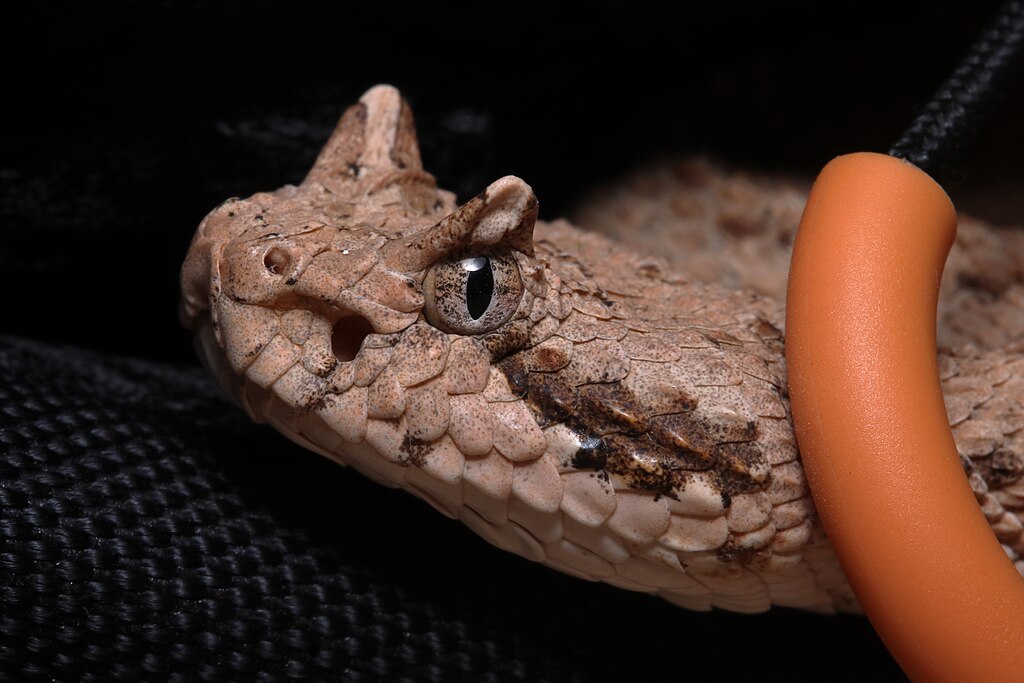
Understanding burrow-sharing relationships carries significant implications for conservation efforts aimed at protecting both snake species and their burrow-creating partners. The interdependence revealed in these relationships means that conservation plans must adopt ecosystem-wide approaches rather than focusing on single species, as the decline of primary burrowers inevitably impacts dependent snake populations. Habitat protection efforts must preserve not only sufficient territory but also the specific soil and vegetation conditions that support burrowing activity. Legal protections for keystone burrowing species, such as the endangered gopher tortoise, create conservation umbrellas that indirectly benefit numerous snake species dependent on their burrows. Climate change presents particular challenges for these relationships, as shifting temperature and precipitation patterns may disrupt the environmental conditions necessary for successful burrow establishment and maintenance. Conservation initiatives now increasingly incorporate burrow-sharing dynamics into management plans, recognizing that these ecological relationships represent crucial components of ecosystem health and resilience.
Studying Burrow-Sharing Dynamics
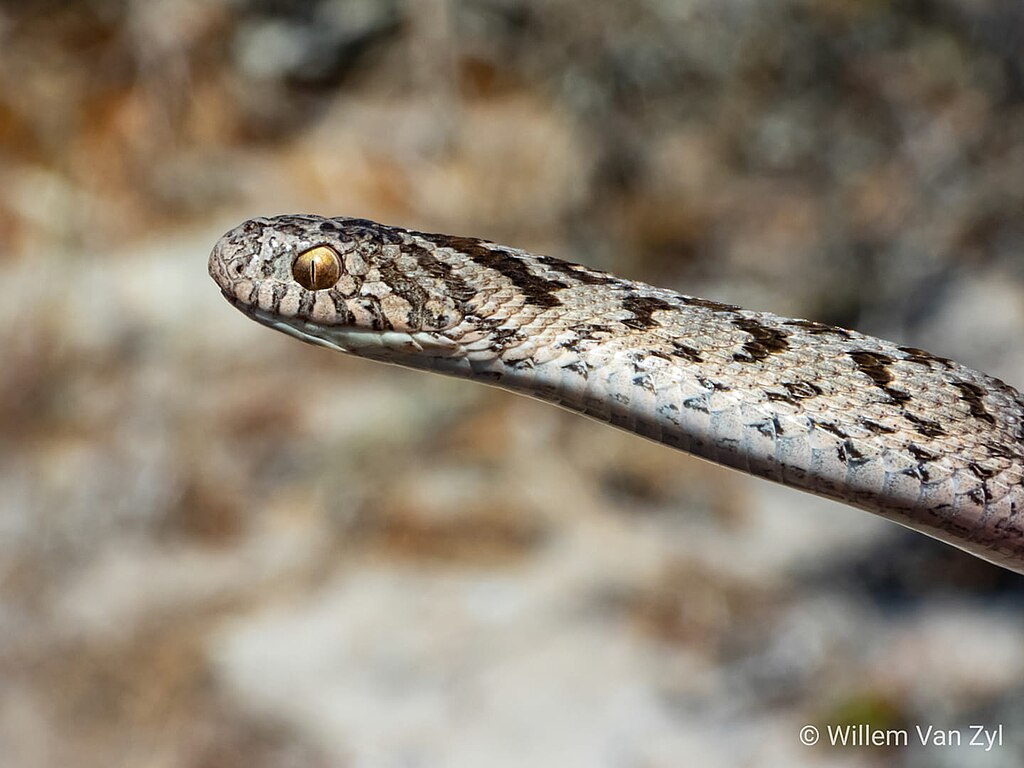
Modern wildlife biology employs an array of sophisticated technologies and methodologies to investigate the complex dynamics of burrow sharing between snakes and other animals. Radio telemetry represents the gold standard for tracking movement patterns, with miniaturized transmitters surgically implanted or externally attached to snakes, allowing researchers to monitor individual movements and burrow usage patterns across seasons. Infrared camera systems installed at burrow entrances provide continuous monitoring of activity without human interference, capturing interactions that would otherwise remain unobserved. Environmental data loggers placed within burrows document microclimate conditions including temperature, humidity, and oxygen levels, providing insights into the environmental benefits snakes derive from burrow occupation. Perhaps most revolutionary, environmental DNA (eDNA) sampling now allows researchers to detect the presence of specific snake species within burrow systems by analyzing soil samples for shed skin cells and other genetic material, enabling non-invasive surveys of burrow utilization across larger landscapes.
Conclusion
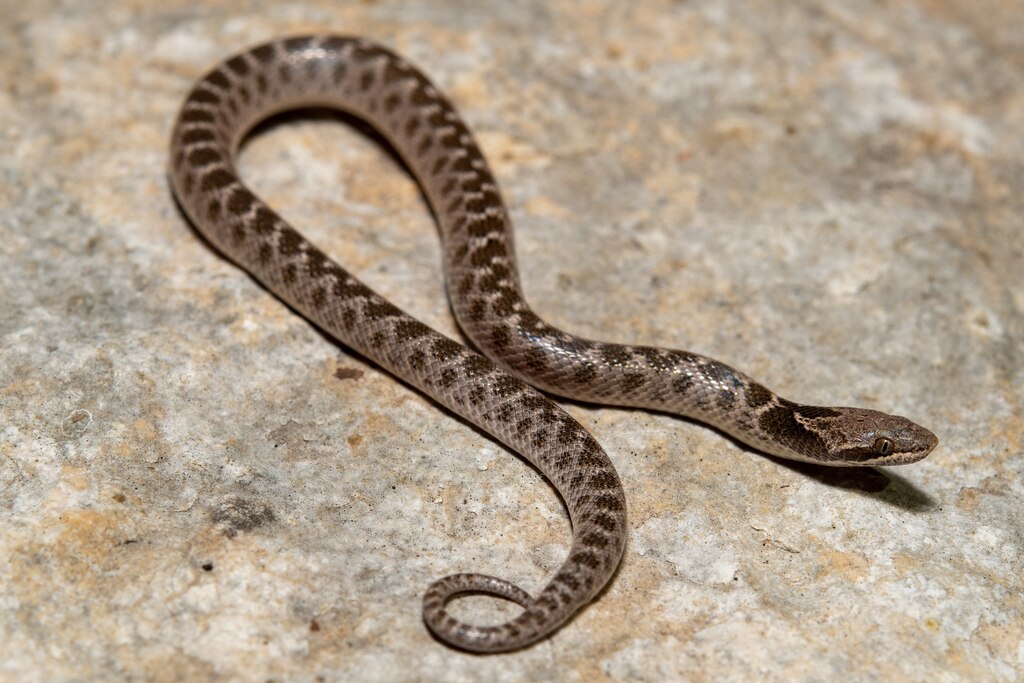
The phenomenon of snakes sharing burrows with other animals represents a fascinating example of ecological adaptation and interspecies relationships. These arrangements, ranging from mutually beneficial to parasitic, highlight the remarkable behavioral flexibility that has allowed snakes to thrive across diverse environments. By leveraging the engineering capabilities of specialized burrowing animals, snakes gain critical advantages in energy conservation, temperature regulation, and predator avoidance without investing in costly digging adaptations themselves. As climate change and habitat loss increasingly threaten wildlife worldwide, understanding these ecological interdependencies becomes critical for effective conservation. The complex dynamics of burrow sharing remind us that ecosystems function not as collections of isolated species but as interconnected webs where even seemingly antagonistic creatures like predatory snakes and their potential prey can develop sophisticated cohabitation strategies that enhance survival for both.

